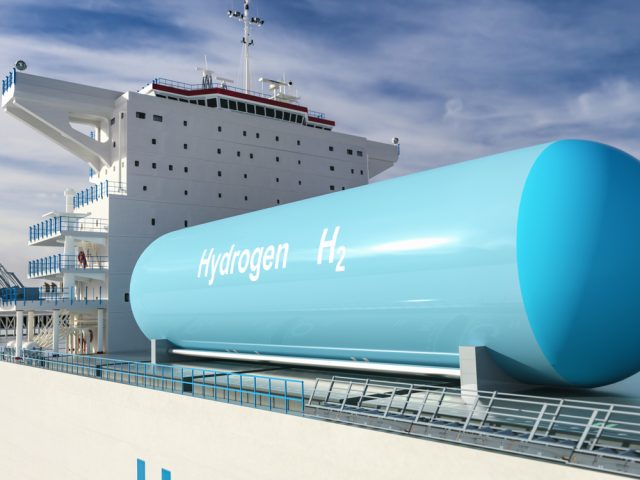
The European Commission’s acts on renewable hydrogen have officially entered into force. Following their publication on the Official Journal and the elapse of the 20-day period required, these two acts have formally entered into force. Together they define the conditions for an energy source to be considered a renewable fuel of non-biological origin (RFNBOs) and set the methodology to calculate greenhouse gas (GHG) emission savings from these fuels. As it stands, the acts provide a much-needed regulatory certainty needed by investors and if adhered to, stand to incentivize an increase in renewable energy production. Nevertheless, derogations and exceptions envisioned by the legislation limit their potential utility in the EU’s Green Transition.
On February 13th of 2023, the European Commission adopted the drafts of the Renewable Hydrogen Acts. Following the period of inquiry by the European Parliament and Council, they’ve been published in the Official Journal on June 20th. The two acts outline the rules and definitions for RFNBOs, being hydrogen-based fuels its focus. The effort follows the aim of the EU to reach 10 million tons of domestic renewable hydrogen production and 10 million tons of imported renewable hydrogen following its REPower EU Plan.
The first Act defines when hydrogen, hydrogen-based fuels or other energy sources can be considered a RFNBO. Here, the key defining principle is additionality. The principle requires that electricity used in hydrogen production is matched in time (temporal correlation criterion) and space (geographical correlation criterion) by the same amount of electricity generated from other renewable sources. In other words, that the process of electrolysis which generates hydrogen must always be powered by renewable sources, and more importantly, that the energy produced is enough to match or increase existing renewable energy amounts, so it does not reduce the amount of renewable energy available in the grid. The second Act, sets a methodology to calculate the GHG emissions and the associated savings from RFNBOs, establishing that savings from the use of these fuels must be at least 70% compared to the fuels they are replacing.
In the words of the Commission, both acts provide the much-needed regulatory certainty to investors and arguably, increase the incentives for their participation in the energy transition. Furthermore, the additionality principle’s emphasis on matching and increasing today’s renewable energy supply, will allow hydrogen production to support decarbonisation whilst complementing electrification efforts, whilst avoiding putting pressure on existing renewable energy sources. Nevertheless, the legislation includes derogations and exceptions that weaken its potential in facilitating the EU’s transition.
Its exception related to low-carbon-intensive grids weaken the principle of additionality and run the risk of greenwashing. The act introduces a special derogation whereby countries with low-carbon electricity mix (those who employ nuclear power) may use existing renewable energy to produce hydrogen – instead of having to match or increase the amount of energy generated – provided they demonstrate an equivalent number of renewables was used. According to the think tank European Environmental Bureau, this will likely lead to an increase in a power purchase agreement (PPAs), as companies will choose to make use of PPAs instead of ramping up renewable energy production to meet the requirements. This would increase the demand for fossil and nuclear energy elsewhere in the grid, and worse off, would allow the greenwashing of companies rather than increasing the production of renewable energy.
For the EU energy transition to succeed alternatives must be economically viable, efficient, and capable of meeting energy demands. Legislation must allow for the conditions to make alternatives like hydrogen energy a possibility. As it stands, the newly introduced legislation has enormous potential but with equally sizeable challenges that policymakers must face.



 Subscribe
Subscribe